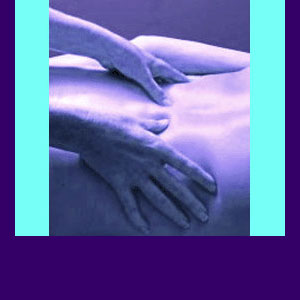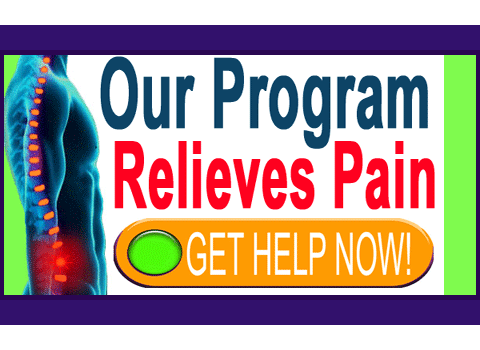
Massage for back pain is one of the most widely practiced symptomatic treatment modalities for a wide range of diagnosed and idiopathic conditions. Massage is a generic term for hands-on bodywork and the therapy comes in a great diversity of styles. Massage is known to work well for a variety of back muscle pain concerns, but is not nearly as effectual for spinal sources of pain.
This article is a follow-up to my previous one about massage therapy and will investigate more detailed applications of bodywork for dorsalgia concerns. I provide it upon reader request, since some of you are still unsure if massage is right for your treatment needs, and if so, how do you find a quality therapist. Remember, although this essay focuses on professional massage services, there is nothing at all wrong with amateur massage. In fact, if you have access to someone who can provide a soothing amateur massage for free, or if you can even provide this for yourself, then by all means, save your money and still reap the rewards of this holistic treatment. As I have said before, some of the best massages I have ever had came from my wife and not some costly professional.
What is Massage for Back Pain?
Massage is certainly one of the oldest and most practiced of all curative modalities for any health concern. Hands-on therapy has been practiced in every culture of the world in every time period known to mankind. Anyone who has every received a professional massage, an amateur massage or even a self-massage will surely know that this form of treatment can be soothing and comforting, regardless of the causes of pain.
Massage falls into 2 distinct categories, when it comes to treating back pain: The first is recognized by care provider and recipient to be purely symptomatic treatment. This means that the massage will feel good and help relax the patient, but will not cure anything structural. This is the type of massage provided for patients with diseases or spinal structural issues enacting their pain. Obviously massage will not cure these conditions. The second form is believed or perceived to be curative in nature by either the provider, the recipient or both. This means that there may be some legitimate or perceived chance of providing a cure for some structural concern through the use of hands-on therapy.
In cases of soft tissue injury, post-surgical rehabilitation and select muscular forms of pain, massage can be one of the best curative modalities. There are no risks and the treatment is generally very enjoyable. However, for other types of pain, the chances of massage being curative are extremely low. As long as the patient understands this and simply wants to enjoy the relaxation and temporary pain relief which may be provided, there are no ethical conflicts.
Styles of Massage for Back Pain
As detailed in our other article on the subject, there are many varieties of massage therapy available and each is distinctly different than all other approaches. Additionally, each care provider also has their own styles and attributes which helps distinguish them from all other practitioners of their same discipline. All in all, this makes for a huge number of variables when discussing massage technique.
Some styles of massage for back pain are extremely common and can be custom suited to each recipient. Some of the best examples of this include shiatsu and Swedish massage. Other forms, like Thai massage and Ayurvedic massage, and are more exotic and may be strange and even painful to patients. Many complementary modalities, such as Bowen therapy, acupressure and trigger point therapy, contain massage techniques and may provide positive results for a range of problematic health conditions.
It is crucial to understand the goal of any particular form of massage, and the actual treatment process, in order to best select the type of bodywork which will best serve your needs and wants as a patient. Remember, you are the one paying, so you should get what you want.
Treating Back Pain with Massage
I am an advocate of bodywork and love a nice relaxing massage myself. I do not believe in the curative power of massage for the vast majority of spinal back pain conditions, but I do believe in the beneficial health effects. In saying this, I mean that most back pain caused by actual structural abnormalities and injuries will not heal in response to massage, although some back muscle pain conditions may. However, the general health benefits are well known, and as previously mentioned, there really are no risks whatsoever. This makes massage a favorite among other pain management treatments which do some an inherent component of danger, such as ongoing pharmaceutical therapy.
I advise all patients to seek out a masseuse who will custom tailor the treatment sessions to fit their specific needs and never patronize a cookie-cutter therapist who hurts you or makes your pain worse under the guise of no pain, no gain.
Most of all, I strongly urge patients to learn what benefits massage for back pain will have and what limits it may demonstrate for their diagnosed condition. This will help in preventing you from falling victim to one of the many therapists who will promise the world in their sales pitch, but deliver nothing but bitter disappointment and an expensive bill for services rendered.




